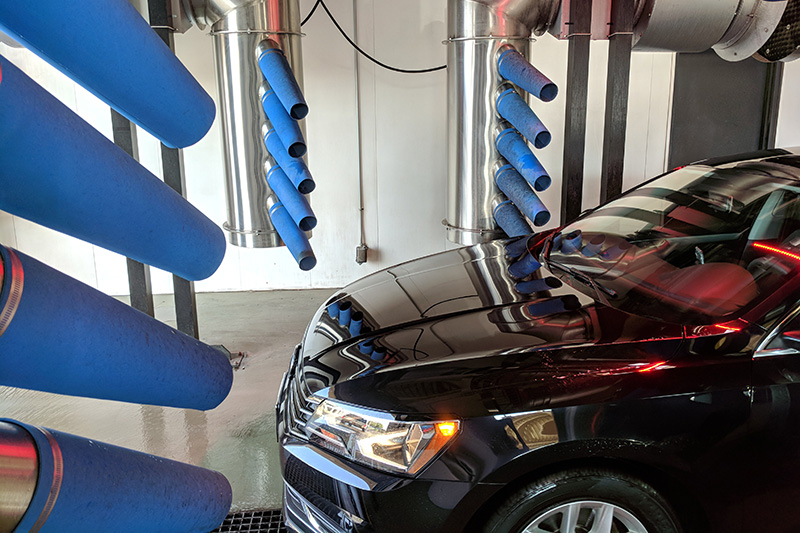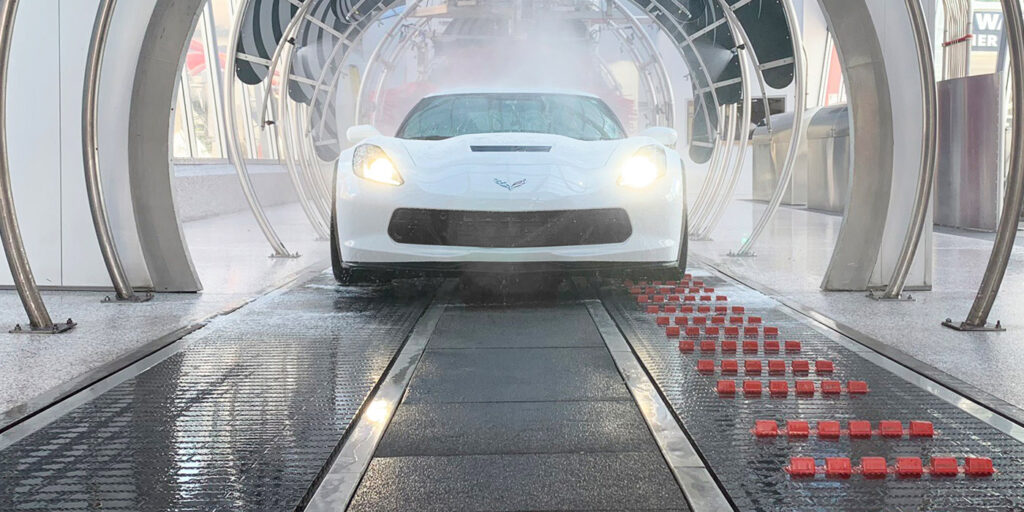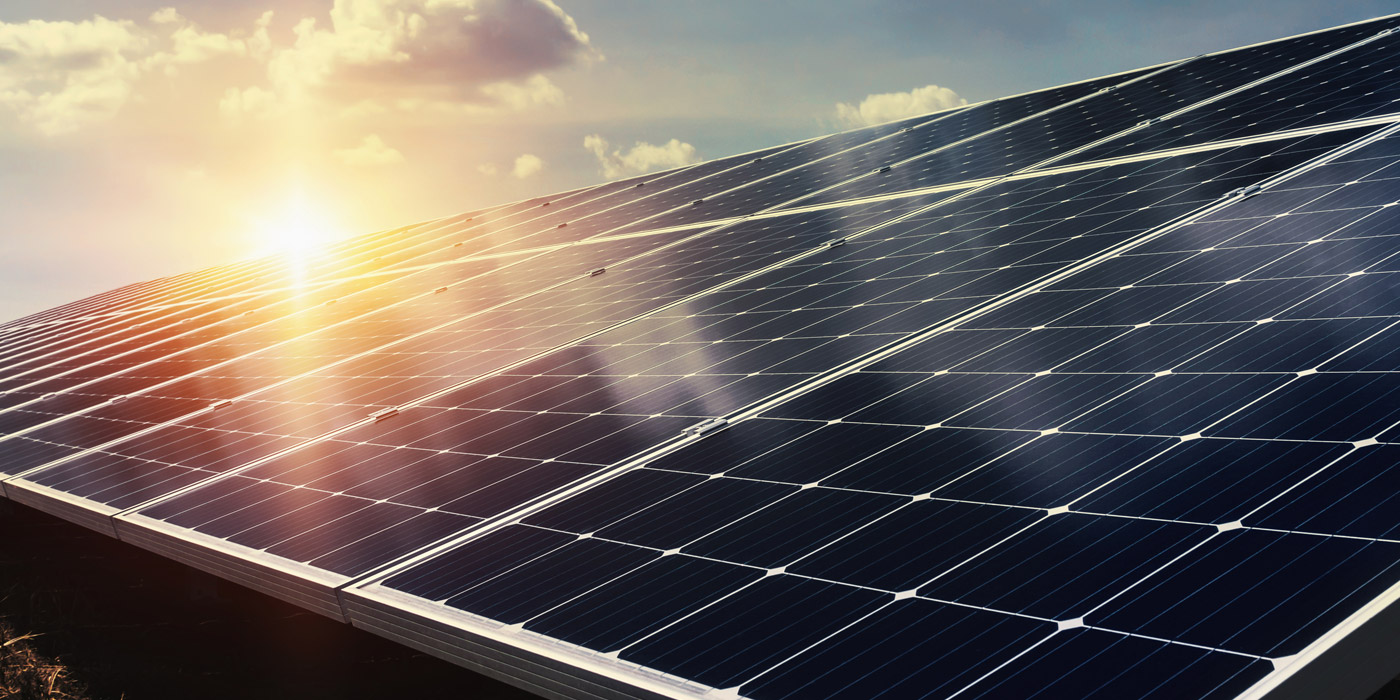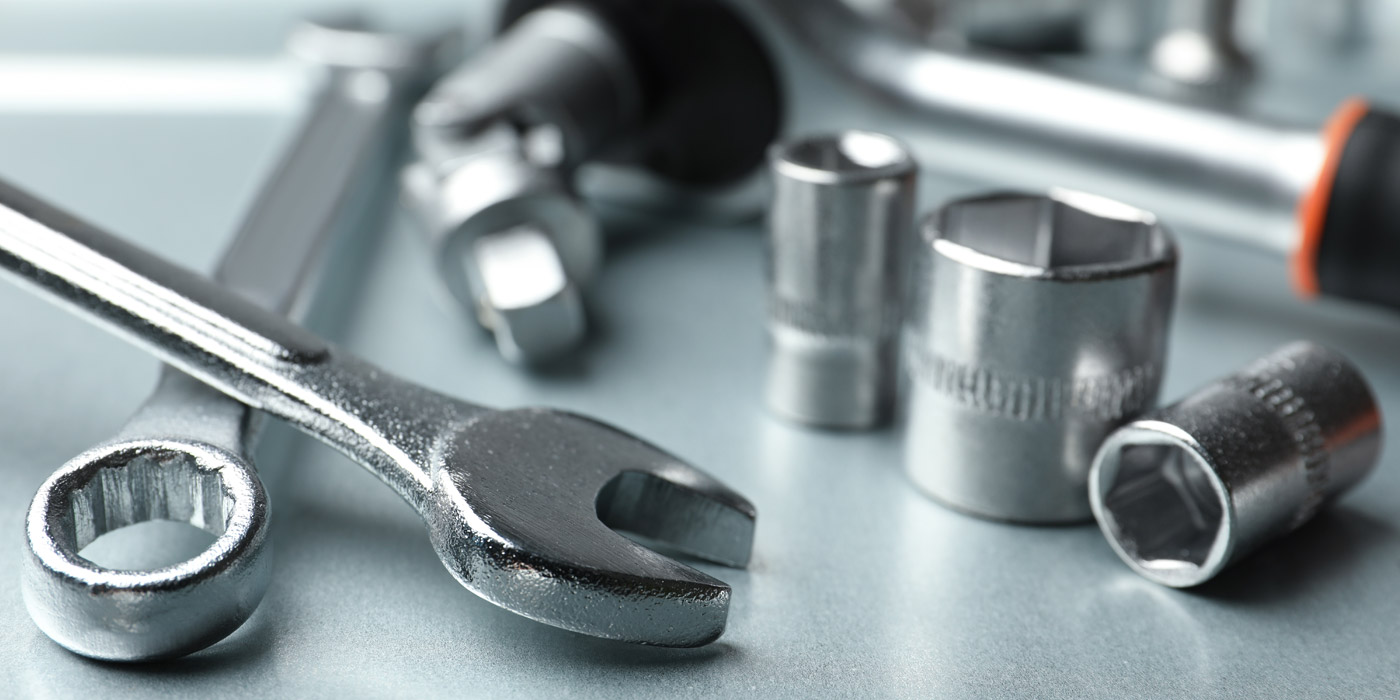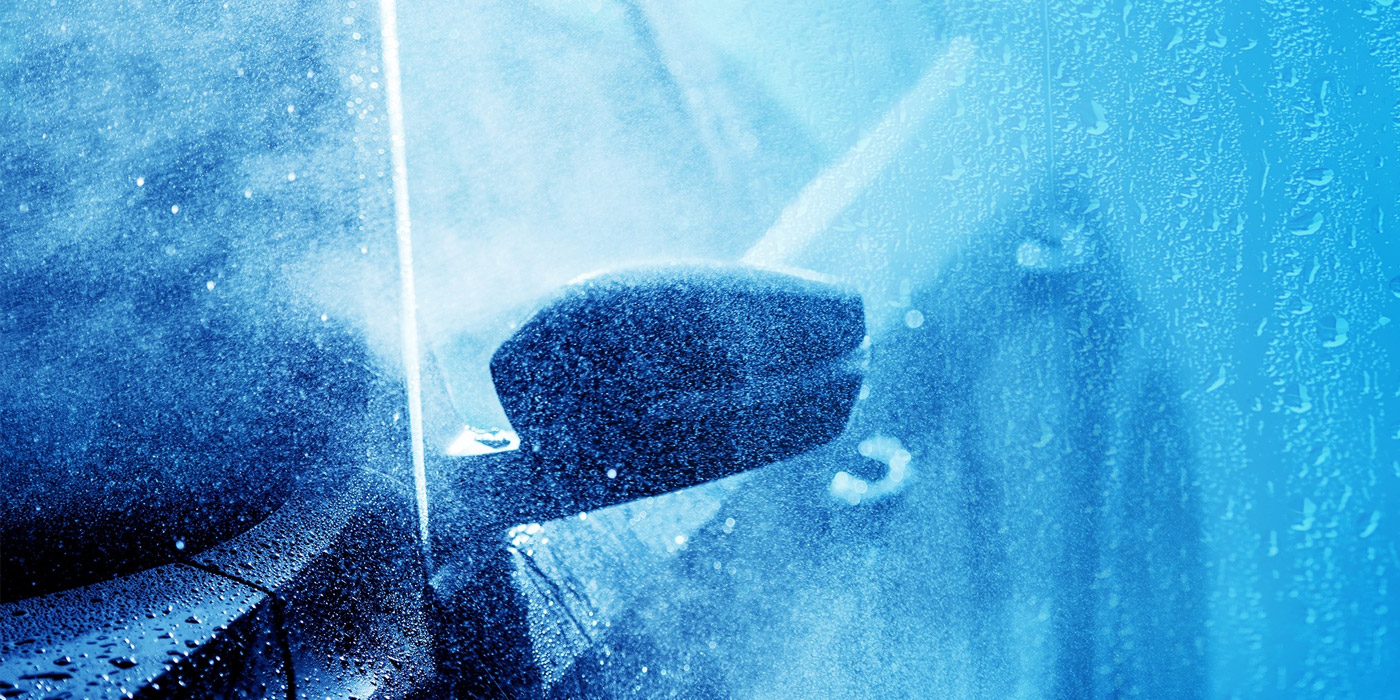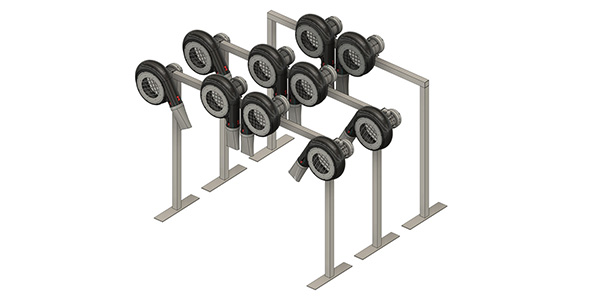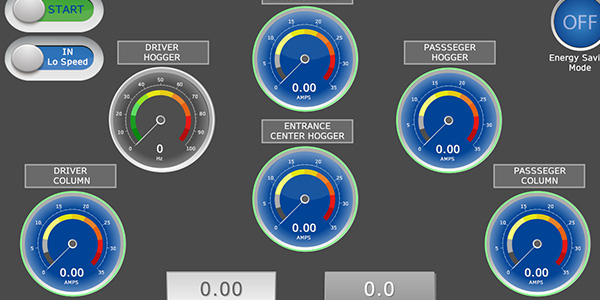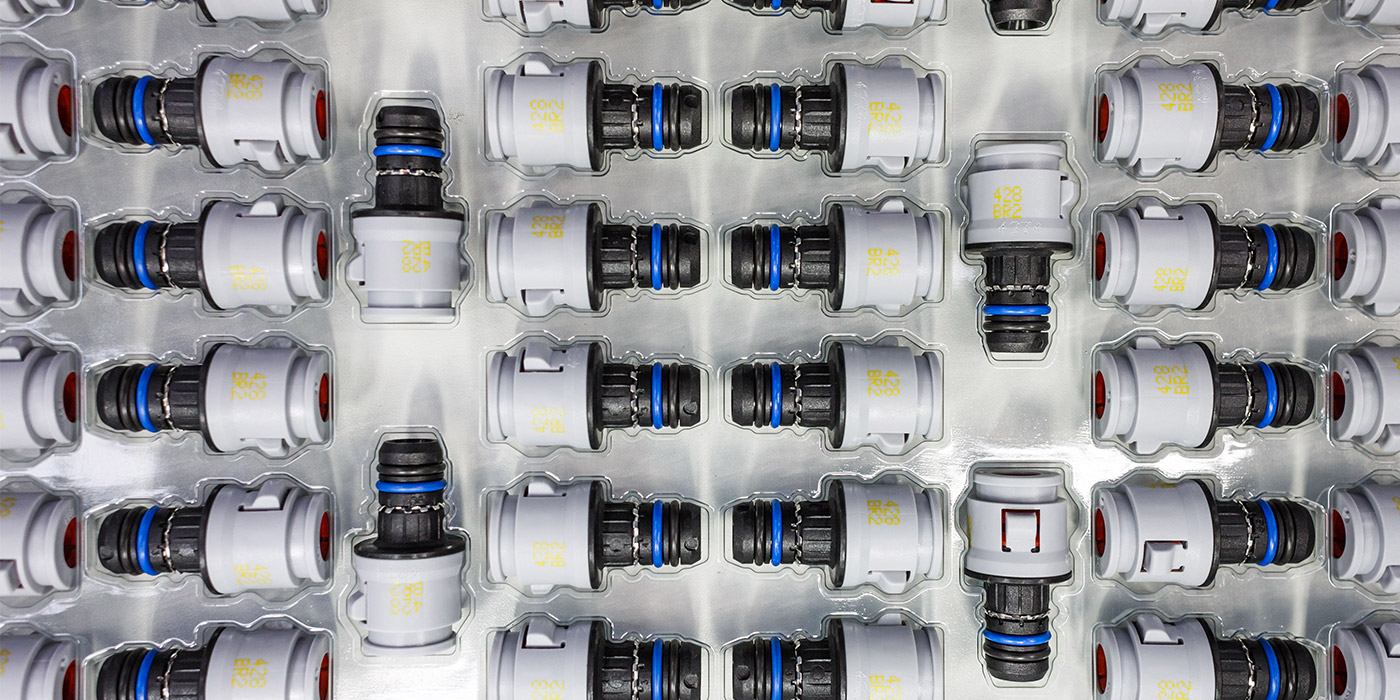Energy costs will always be an expensive, “hot-button” topic for carwash owners. Runaway utility charges have the ability to sink carwashes that are already struggling with climbing labor costs and increasingly widespread competition. Another challenging factor is the financial burden created by added operational requirements levied by some cities and municipalities.
Related: Carwash utility bill and environmental savers
Often, one of the most important phases of carwash operation can create these financial difficulties. The drying cycle has proven to be critical to customers, but some equipment can create mounting dilemmas. Dryer systems that are not properly installed or maintained can consume a lot of energy, and the noise associated with dryers can be the target of local codes and neighbor-generated complaints.
Thus, every operator must work to address multiple factors with any wash’s eminently important dryer system. Experts can provide tips for keeping today’s dryers well-tuned and energy-efficient, and some equipment additions can assist in lowering utility costs even further. In addition, employees and managers should complete various maintenance and upkeep steps on dryer systems regularly to ensure affordable and quiet operation.
High energy usage
One culprit when it comes to dryers and excess energy consumption can be motor usage, according to Arthur Stephens, president of International Drying Corp. Drying systems typically utilize the most energy in the wash tunnel because several large motors are required to blow the water off of vehicle surfaces. With the car care industry trend of moving to the express wash format, locations are now using even more blowers to remove rinse water.
“Conveyor speeds have increased dramatically over the years; plus, with the growing wage rates, we tend to reduce labor anywhere we can,” Stephens continues. “There are more energy-efficient systems that have recently come onto the market, which have lowered costs up to 40 percent with regard to dryers.”
Cheryl Dobie with Aerodry Systems LLC explains excessive dryer energy usage by breaking down the equipment’s operation. Large fans that move at a high speed — often in multiples — are necessary to cover vehicle surfaces with moving air. This moving air must be projected a sizable distance with velocity. To meet these demands, dryer systems require relatively large motors that consume a significant amount of energy.
Tammy Gardner, sales director at Proto-Vest Inc., points to carwash dryer design as being another important efficiency factor. Dryers that feature poor design can use a lot more energy. Thankfully, this known problem has been properly addressed by many equipment companies. “There’s no question that today’s drying systems are equipped with accessories that control the power and airflow better,” Gardner says.
Ensuring efficient operation
There is little doubt that dryer design has improved over the years, and this has lowered overall energy usage. Dobie notes that certain fan designs now produce high-velocity air while utilizing fewer motor amps. Blade design and the weight of the fan are contributing factors, and changes here have provided less motor stress with higher operating efficiency.
Though most systems are still using 40-year-old technology, Stephens states, there are new systems that have increased airflow and reduced horsepower requirements. They are designed more as technology rather than an afterthought. As an added benefit, these modern drying systems are designed with lessening noise in mind. Noise concerns have grown into one of the biggest problems in the carwash industry.
Stephens points out that there are several ways newer dryer systems help operators save money on energy costs. First, air gates can be used to reduce start-up electrical draws. Starting a blower motor without any airflow reduces the amount of load on the motors.
“Soft starts are another option; they slow the start-up of the motors, much like a variable frequency drive (VFD) does,” Stephens states. “VFDs also are a great option, as they allow you to drop the speed of the motor in half when there is another car in queue. This also reduces the load on the motor when you want to get it running full speed.”
Operators do have options available to make their new or existing systems more energy-efficient, according to Gardner. The manner in which the system is started, the frequency of start-ups and energy expenditure between vehicles are all areas that an operator should focus on to effectively control the use of energy.
If a wash is upgrading equipment, energy efficiency can be increased with the selection of a dryer system that requires less horsepower, Gardner notes. The addition of optional equipment that reduces the ramp up of a motor, such as air gates and VFDs, will definitely reduce energy and electrical costs as well.
Dobie reiterates that VFDs are a major advance when it comes to dryer energy efficiency. In-rush current or input surge current refers to the maximum, instantaneous input current drawn by an electrical device when it is first turned on.
“For example, incandescent light bulbs have high in-rush currents until their filaments warm up and their resistance increases,” Dobie says. “Alternating current electric motors may draw several times their normal full-load current, when first energized, for a few cycles of the input waveform. This represents the greatest area of potential savings. If the in-rush current can be reduced or even eliminated, as much as 40 percent of the total electricity used by the motor during starting and running can be saved.”
Working with the rinse
Regarding dryer performance, Stephens notes that proper chemistry and treatment of a wash’s water can make a huge difference. Spot-free rinse water can be tough to remove from vehicle surfaces, as can improperly adjusted drying agents or clear-coats. Having a solid knowledge of these issues will help operators greatly. “Chemistry has come a long way in our industry, so don’t be afraid to pick your supplier’s brain,” Stephens recommends. “They are there to help.”
Dobie reveals that, frequently, a dry vehicle is largely the result of the processes that precede the drying phase. The rinse process must thoroughly remove all soil and soap residue. Also, proper chemical adjustment forms small beads in the remaining rinse water, allowing the air impact from dryers to effectively move the water off the vehicle.
“Carwash operators should use low-pH soap combined with drying agents to prevent unwanted results, such as water spots and streaks,” Gardner suggests. “This helps lower the pH and alkalinity levels of the rinse water.”
Related: Carwash chemicals 101
Hard water is another important consideration. Hard water contains dissolved or soluble mineral salts that end up as components of the wax and rinse droplets left on vehicle surfaces if untreated, according to Gardner. Operators need to add the right balance of chemicals and agents that can correct the hard water issues in a carwash. Even so, the drying phase is still crucial. No matter what advanced carwash chemicals are added to a tunnel, a dysfunctional dryer will result in poor drying.
Best practices
More often than not, a list of best practices aimed at ensuring efficient dryer operation includes critical maintenance and upkeep steps. Stephens states that operators and managers should keep dryers clean and clear of debris, like any other piece of carwash equipment. As far as lubrication, use caution when greasing dryer motors, as over lubricating can be worse than not greasing at all.
Every carwash dryer is powered by electric motors, and these motors vary widely in quality and efficiency, Dobie notes. It is important for carwash operators to understand the “duty rating of motors” in their drying systems. Motors need to be of high quality, properly insulated and built for the task. Also, motors need to be totally enclosed with the ability to cool properly — anything less will mean maintenance and downtime in the near future.
Gardner shares that a daily inspection checklist that includes specific parts of the dryer is highly recommended. Operators or managers should start out inspecting the air intake routes to the drying system. With the electrical power disconnected, inlet screens should be removed and any debris carefully cleaned out. Next, inspect the impellers for missing balance weights, damage to the blades, corrosion, debris and grime buildup.
“These issues can cause balance problems with impellers,” Gardner continues. “Noise and vibration are indicators of an out-of-balance impeller. If not addressed immediately and taken out of service, you will experience a catastrophic failure of the impeller, which will damage the associated motor, nearby equipment and possibly your customers’ vehicles.”
Finally, the person inspecting the dryers should ensure that inlet screens are securely fastened. Also, remember to use only manufacturer-designed screens or covers, Gardner states. Restricting the airflow to a dryer decreases efficiency, raises energy costs and can damage the motor.
Operators also should keep an eye out for dryer-generated turbulence, Dobie concludes. Improper installation causes turbulence and does not provide the water with a clear removal direction. Observation of water movement — then careful placement of the air producers — can result in a wash needing fewer air producers.
Charles Brady is a freelance contributor.

